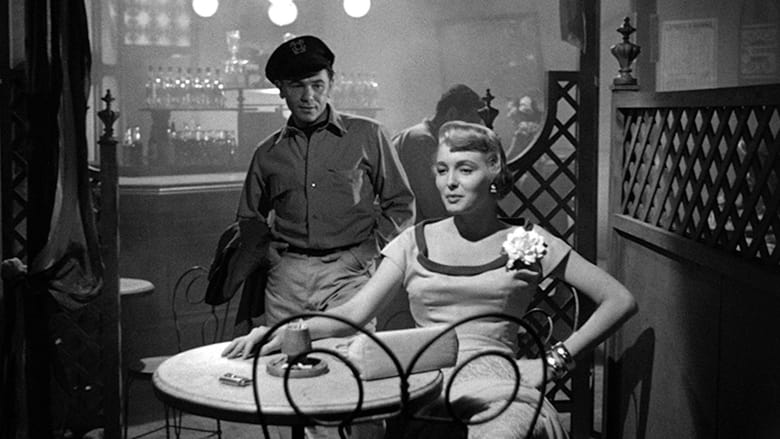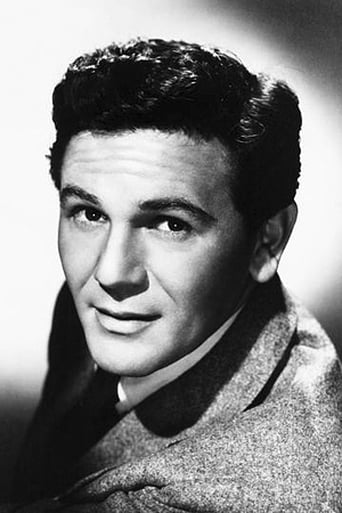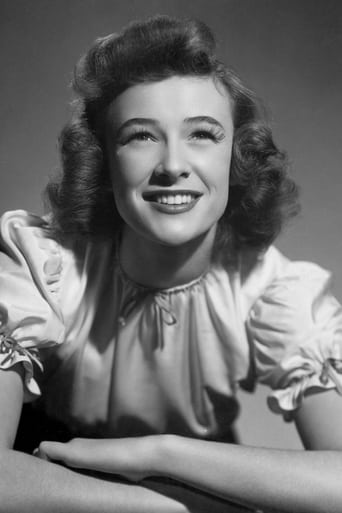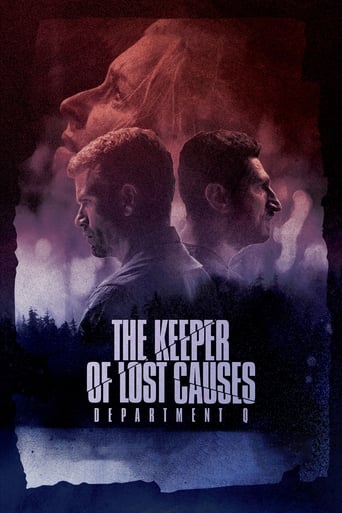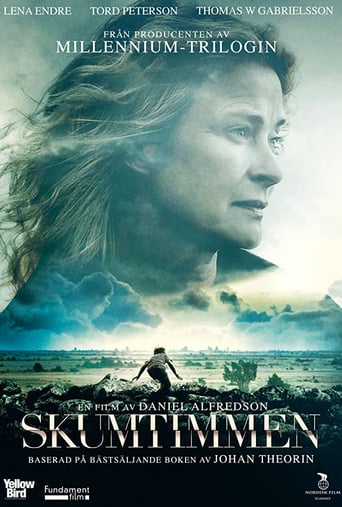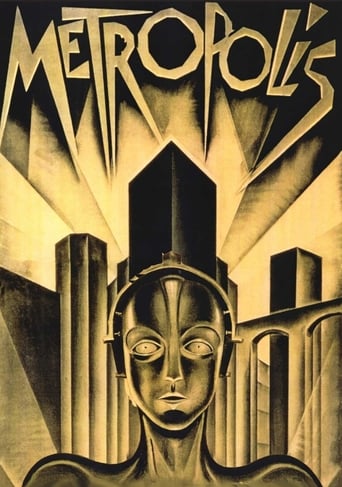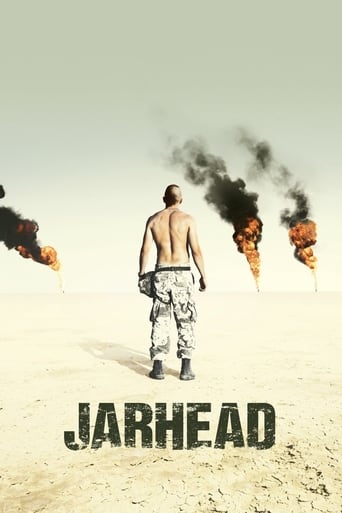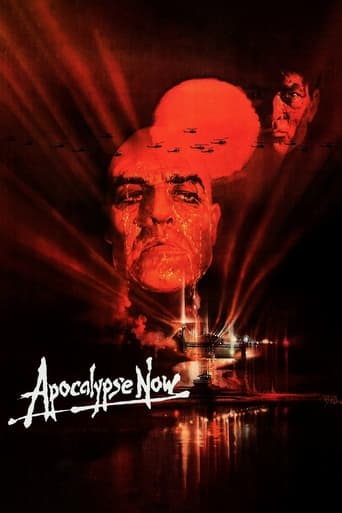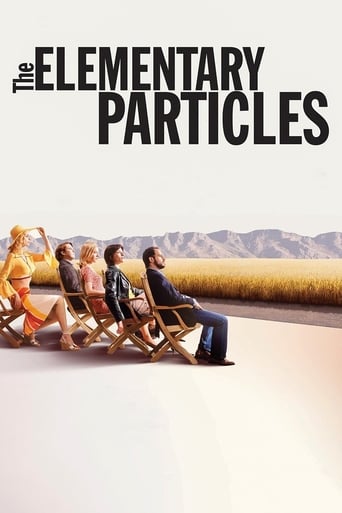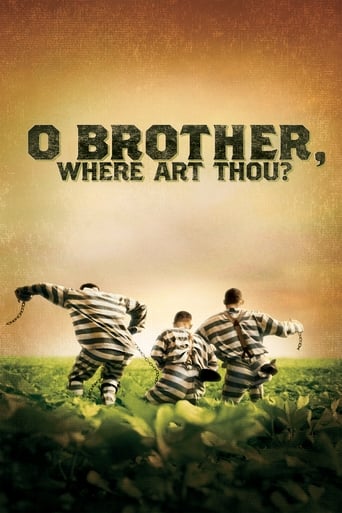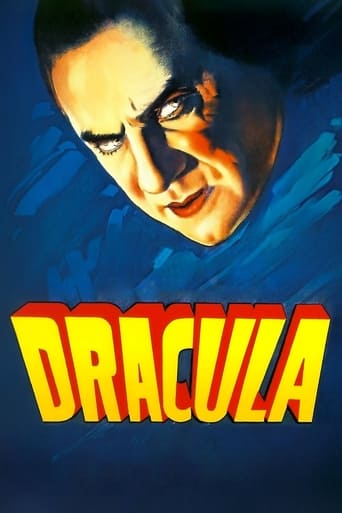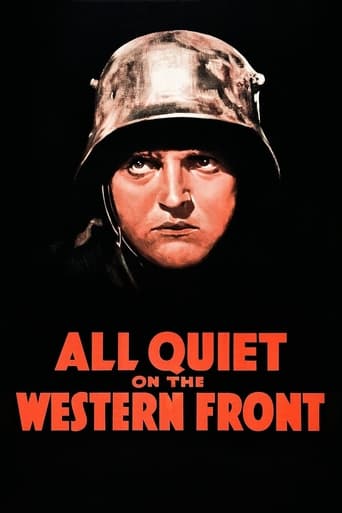The Breaking Point (1950)
A fisherman with money problems hires out his boat to transport criminals.
Watch Trailer
Cast


Similar titles
Reviews
Good movie but grossly overrated
I cannot think of one single thing that I would change about this film. The acting is incomparable, the directing deft, and the writing poignantly brilliant.
A movie that not only functions as a solid scarefest but a razor-sharp satire.
Through painfully honest and emotional moments, the movie becomes irresistibly relatable
John Garfield's penultimate film was a more faithful adaption of Hemingway's minor novel To Have And Have Not yet ironically the original title had to be changed for reasons that elude me as I have always believed that titles cannot be copyrighted. Be that as it may Garfield turns in a fine performance as Harry Morgan, married this time around and sailing out of California rather than Havana. Phyllis Thaxter is excellent as his world-weary wife and Patrica Neal's whore in all but name complements her perfectly and gets the lion's share of the one-liners. Wallace Ford is suitably oily as the architect of all Morgan's troubles and Juan Hernandez lends sterling support as Morgan's crew-cum-friend.
Harry (John Garfield) is a guy who is having a world of trouble. His fishing charter business is having nothing but bad luck and he's having a hard time supporting his family as well as keeping his boat. He's so desperate that he does something he never thought he'd do--work for mobsters to make some quick money. But these people are thugs and the deeper Harry gets, the harder it looks for him to survive. Can he possibly keep his boat, his family AND his head?This film is a more faithful adaptation of the story that was made several times. First, it was a Bogart/Bacall picture, "To Have and Have Not" and later it was remade two more times as well as was the inspiration, in part, for "Islands in the Stream". So, if this all seems familiar, this is probably why.While the Bogart version is very stylish, I think this later John Garfield film is superior. The dialog (like the original) is very snappy but the film seems more realistic and taut. It also features some nice supporting performances by Juano Hernandez and Wallace Ford. In many ways, the film plays like "To Have and Have Not" merged with "The Killing" as well as "Key Largo". Tough, very dark and very well made--one of Garfield's best because it was NOT formulaic and that final shot by Michael Curtiz was amazingly good.By the way, if you watch the film, you might (like me) think that Patricia Neal's character wasn't necessary for the movie. What do you think?
The Breaking Point (1950)Forget for a second that this is a Hemingway story, or that it was more famously and loosely made into a movie ("To Have and Have Not)" with Bogart and Bacall in 1944.Here was have John Garfield playing with great realism a boating man, Morgan, who has hit hard times. So he is tempted by an illegal run for some big money. And it goes badly. Then, to get out of that jam, he is drawn into yet another one, which goes even worse.So this is really a story of a man against the odds. He's basically a good person, which we see in how he treats his partner, his wife, his kids. But it's partly because of those others that he feels he has to come through and make some money. In a way, this is what Hemingway's novel is all about--how a man copes with crisis. (This is always what Hemingway is about, in a way.) It's great starting material.The two women in the story, made to look slightly similar, are key in a Hemingway kind of way, too, because a Hemingway man is essentially torn by love all his life. Morgan's wife is terrific in a simple, unexciting way, and when Patricia Neal appears very sexually hungry, Morgan at first is not interested. Neal's character is not quite a noir femme fatale, since she really wants nothing for herself, but is a distraction and siren.The two of them are terrific. Around them are a whole swarm of characters, some with important roles and excellent character actors, but we really get inside the head of Garfield and we really feel the weirdly brazen and carefree intensity of Neal. So why is this a forgotten film? For one, Garfield is a low key leading man. He always is. His effect is subtle. And Neal isn't a steaming hottie or an outrageous caricature like some leading (blonde) women in these crime films. And then, frankly, they don't totally have chemistry on screen, which is neither one's fault alone, and which isn't so inaccurate to the story.And about Hemingway? The book is great. You have to like his style and his manly view, but if you can adapt to that, read it. Easy reading, too. And he set the scene in the waters between Florida and Cuba, which is where he lived and fished. The Bogart version was set in the war, working for the French Resistance in Europe. The Garfield version was set (and shot) in California, with a trip to Mexico. A later version (1958) is set in Florida.This is actually a first rate movie. Part of the success depends on the writing-both Hemingway and the sharp, noir-influenced screenplay by Ranald MacDougall. Note that the photography is by the great Ted McCord (Sound of Music, East of Eden, etc.).The plot has some deeply personal aspects, both with Morgan's wife and kids as they barely scrape by and with the temptation of the sort of femme fatale played with a cool sharpness by Patricia Neal. And it has a serious crime plot with several angles that develop and disperse and develop further. It moves from dark night scenes to open water scenes to a faked fog ending (a flaw, visually, because you can tell it's just been processed for lower contrast even though the sun is out). The movie also has some aspects that strike me as socially relevant, starting with the smuggling of a group of Chinese people out of Mexico at the start and ending with the tragic dilemma of a little African-American boy left literally alone on a big open dock at the final fade. This last aspect (which I can't get specific about without spoiling something) points to one of the really big interpersonal parts of the film that is key, and that I wish had been developed just a hair more because it's so key.On my third viewing, I continue to like it a lot. See it.
SPOILERS-- Based on Hemingway's To Have and Have Not, the story was first brought to the screen in 1944 starring Bogart and Bacall, and was partially adapted for Key Largo (1948), again with Bogart and Bacall. This version has not been as available as other Garfield films, but finally has re-surfaced. It is much closer to the novel, than the '44 version, although the latter is an excellent film, largely due to the two leads. In this version, Garfield plays a WWII Navy vet who only knows how to do one thing well, and that is be a skipper. He desperately loves his plain, but faithful wife, and adores his two small girls, but is frustrated with his inability to provide for them adequately chartering his boat to tourists. He sort of gets involved with "good-time girl" Neal, and additionally, through the machinations of crooked attorney Ford, with transporting some illegal Chinese immigrants (resulting in Garfield killing a middle man who pulls a gun on him), as well as some gangsters who rob a race track and need someone's boat to help them escape. Caught in a moral dilemma, Garfield's character attempts to redeem himself by overpowering the gangsters and receiving the reward money, but it doesn't quite end like he planned. (The scene where Garfield's shipmate, Juano Hernandez, in a very smooth performance, gets gunned down by a gangster, is sudden and vicious enough to jolt one's nerves.) The second-to-last scene with Garfield and Thaxton, as the latter tries to convince her husband that his shot-up arm needs to be amputated or he will die, is a high point in both of their careers. (A shame that Garfield would be pass away in less than two years after the film's release, the victim of blacklisting.) And in an unusual ending motif, the last we see is a slow tracking shot of Hernandez' little boy, waiting at the docks for the father who will never come back...8 out of 10*s.


